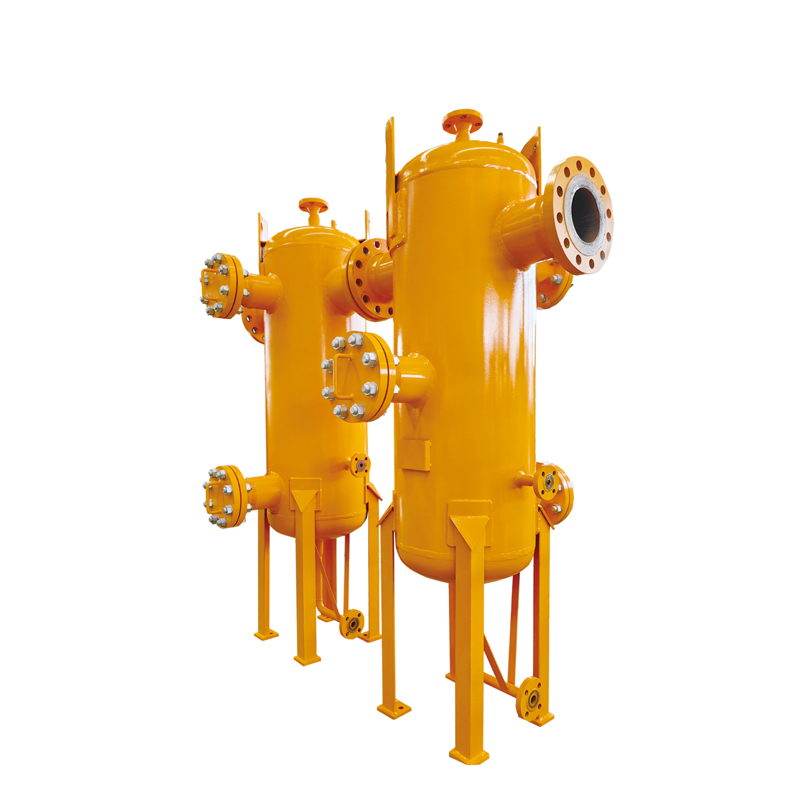
Oct . 01, 2024 21:30
Back to list
Understanding the Functions and Benefits of Pressure Regulating Devices in Systems
Pressure Regulating Devices Ensuring Safety and Efficiency
Pressure regulating devices play a critical role in a variety of industries, enhancing safety and efficiency by controlling the pressure of fluids and gases. These devices are essential in applications ranging from home heating systems to industrial processes and medical equipment. They work by automatically adjusting the pressure levels, ensuring that systems operate within safe and optimal parameters.
At its core, a pressure regulating device functions by maintaining a set outlet pressure, regardless of fluctuations in the supply pressure. This is achieved through various mechanisms, such as diaphragm, piston, or spring-loaded systems. For instance, in residential gas lines, pressure regulators ensure that the gas delivered remains at a safe level for appliances. Without such regulation, appliances could operate inefficiently or get damaged due to pressure surges.
Industrially, these devices are vital for processes that require precise pressure control. In chemical manufacturing, for example, maintaining the correct pressure can prevent hazardous situations and ensure product quality. Similarly, in water distribution systems, pressure regulators help manage the flow, minimizing the risk of pipe bursts and leaks due to excess pressure.
pressure regulating device

Medical applications also rely heavily on pressure regulator technology. In anesthesiology, for example, gas pressure regulators ensure that the necessary levels of oxygen or anesthetic gases are delivered to patients safely. This regulation is crucial for patient safety and comfort during procedures.
Moreover, modern pressure regulating devices have evolved with technological advancements. Today, many pressure regulators come equipped with smart technology. These smart devices can monitor pressure levels in real-time and make automatic adjustments, offering improved efficiency and reliability. Some models can even integrate with building management systems, providing detailed analytics and remote monitoring capabilities.
In conclusion, pressure regulating devices are indispensable in maintaining safety and efficiency across multiple sectors. By ensuring that systems operate within their designated pressure ranges, these devices not only protect infrastructure and equipment but also enhance overall operational efficiency. As technology continues to advance, we can expect even greater innovations in pressure regulation, further solidifying its importance in our increasingly complex industrial landscape. Whether in homes, industries, or medical facilities, pressure regulators remain a crucial component that supports a wide array of applications.
Latest news
-
Safety Valve Spring-Loaded Design Overpressure ProtectionNewsJul.25,2025
-
Precision Voltage Regulator AC5 Accuracy Grade PerformanceNewsJul.25,2025
-
Natural Gas Pressure Regulating Skid Industrial Pipeline ApplicationsNewsJul.25,2025
-
Natural Gas Filter Stainless Steel Mesh Element DesignNewsJul.25,2025
-
Gas Pressure Regulator Valve Direct-Acting Spring-Loaded DesignNewsJul.25,2025
-
Decompression Equipment Multi-Stage Heat Exchange System DesignNewsJul.25,2025

